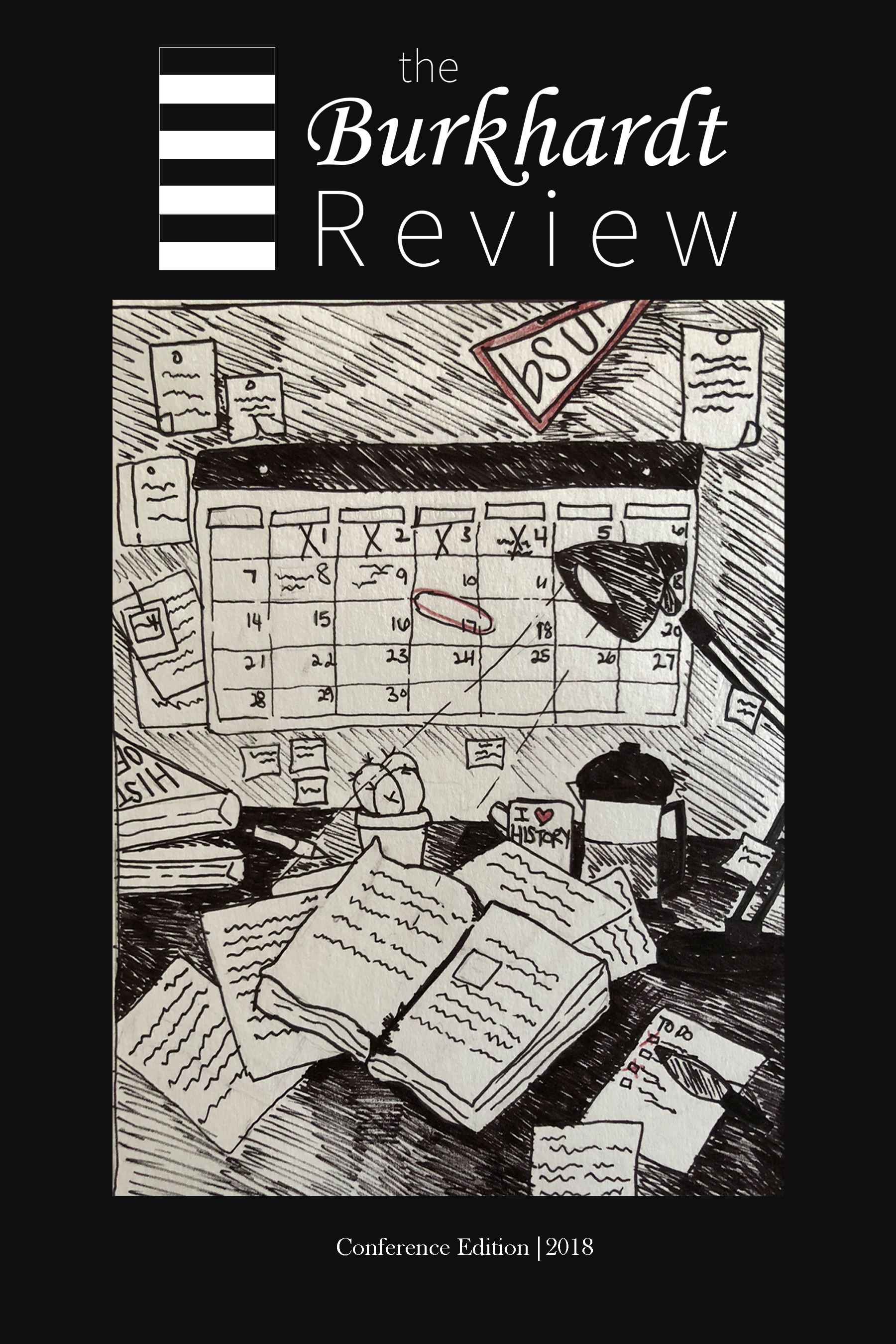A Tale of Two Templa
Sacred Spaces, Intercultural Encounter, and the First Jesuits in Italy and Japan
DOI:
https://doi.org/10.33043/BR.2.1.1-11Abstract
The Portuguese sailor and trader Mendes Pinto, later a companion of the
Jesuit Francis Xavier, claimed to have “discovered” Japan in 1542.1
Although he had an expedient personality, his description of Japan and the
South China Sea trade is strikingly accurate and gives his claim credibility.
Even if he was not the very first European to tread Japanese soil, he was
undoubtedly “one of the earliest Portuguese travelers to that country, which
he visited three or four times between 1544 and 1556.” This potentially
earliest European voyager to Japan was an associate of Francis Xavier both
before and during the Jesuit leader’s early missionary efforts in Japan, a fact
that that prolific member of the Society of Jesus’ own reliable
correspondence corroborates. Pinto indeed helped to finance one of the first
Jesuit churches in Japan in 1551 and seems to have taken the Society’s
Exercises and become a Jesuit himself in 1554.2 European trade, exploration,
and missionary activity in the South China Sea were demonstrably
intertwined during the mid- and late-1540s. The Jesuits were thus at the
forefront of intercultural interaction between Reformation Europe and
warring states-period Japan.
Downloads



